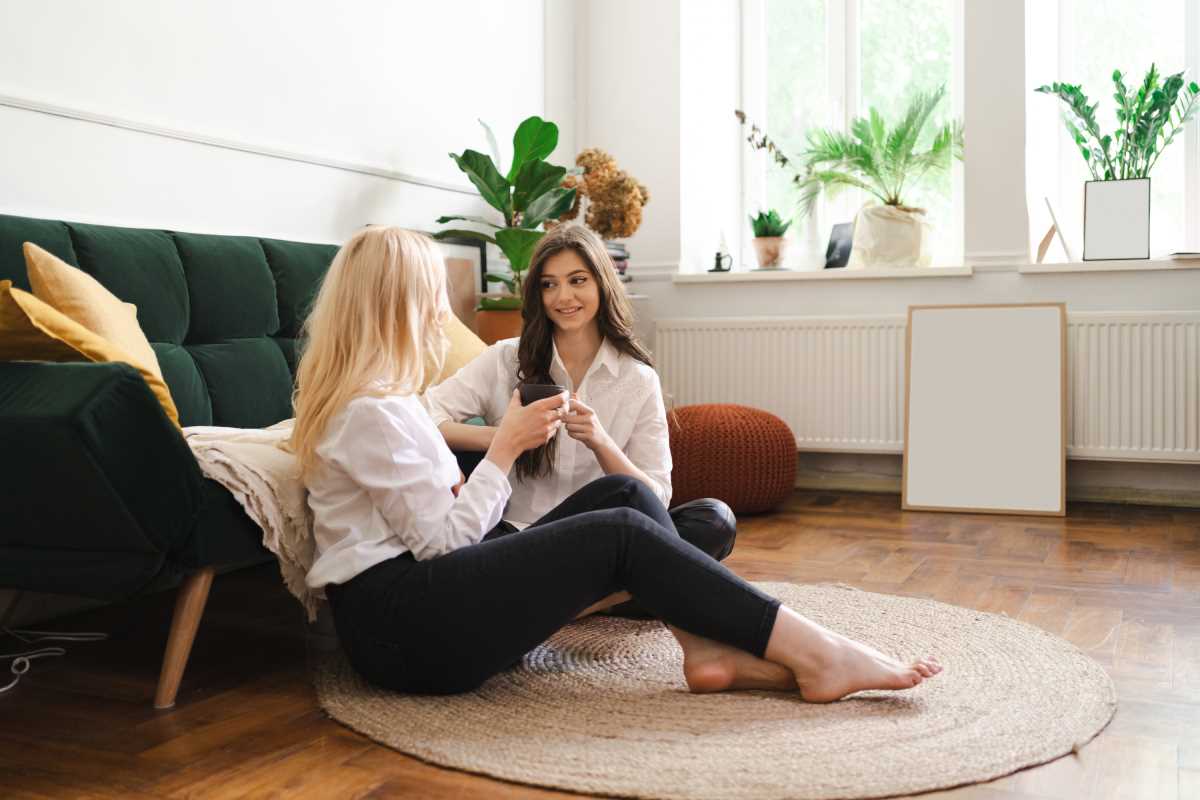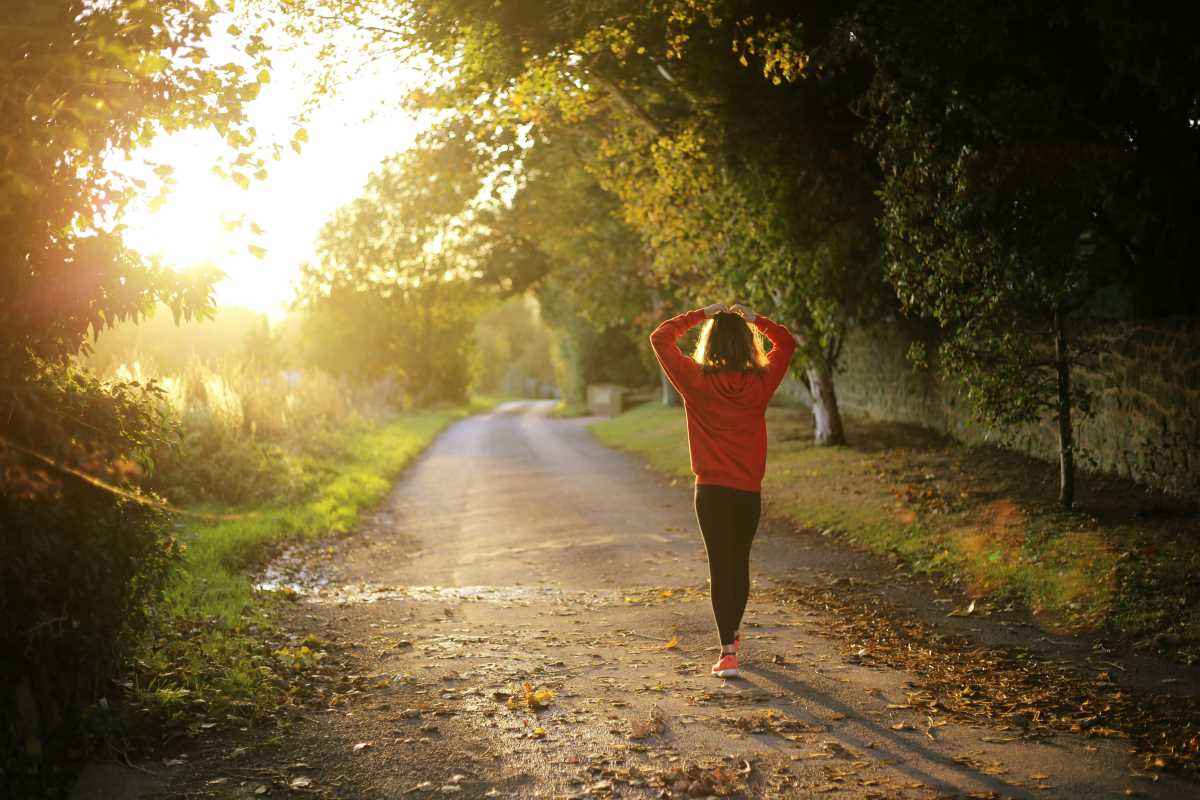A well-designed workspace gently encourages productivity by blending comfort, movement, and natural elements throughout the area. When every detail supports relaxation and focus, fresh ideas often come more easily and stress levels tend to drop. Thoughtful touches such as ergonomic seating, flexible layouts, and the presence of greenery can inspire curiosity while making daily tasks feel less burdensome. Small changes in your environment can lead to noticeable improvements in both mood and performance. This article explores practical adjustments that create a more inviting atmosphere, helping you feel energized and engaged as you go about your day.
Quiet Ways to Spark Engagement
Every detail in a workspace sends an unspoken message. A gently curved corner or a pale green wall can ease tension, while a soft rug underfoot invites a momentary pause—and that pause can reignite creativity. Place small design cues where people naturally gather to stimulate spontaneous collaboration without disrupting individual focus.
Position seating clusters or standing stations thoughtfully to encourage movement and social interaction naturally. These transformations avoid flashy installations and instead emphasize human connection, so team members begin to share ideas simply because the space suggests it.
Deepening Focus Through Subtle Layering
Your eyes seek interest. Incorporate varied textures—like a corkboard panel beside a matte-painted wall—to ground visitors and workers alike in a sensory loop that delays fatigue. Layers create micro-environments with distinct moods, guiding people through cycles of intense work and brief decompression without a single timer going off.
Introduce soft lighting that dims in harmony with afternoon energy dips. This blend of function and physiology helps individuals glide from high-focus tasks into moments of quiet reflection, all within the same open layout.
Practical Steps to Upgrade Your Workspace
- Adjustable Desk Mechanism
- Purpose: Alternate between sitting and standing to ease muscle tension and boost alertness.
- Steps:
- Release the safety latch.
- Rotate the hand crank or press the electric control.
- Lock the desk at your preferred height.
- Cost: $200–$600.
- Availability: Office-supply stores and online retailers.
- Insider Tip: Keep a lightweight balance board under the desk to activate lower-body muscles and improve endurance.
- Screen Privacy Panels
- Purpose: Reduce visual clutter and absorb ambient noise for better focus.
- Steps:
- Measure monitor width.
- Choose felt or foam panels.
- Secure panels with adjustable clamps or adhesive strips.
- Cost: $15–$40 per panel.
- Availability: Office décor suppliers.
- Insider Tip: Rotate panel colors seasonally to refresh your workspace and encourage renewed concentration.
- Under-Desk Foot Hammock
- Purpose: Improve circulation and ease lower-back pressure when seated.
- Steps:
- Identify anchor points on the desk frame.
- Secure adjustable straps.
- Adjust hammock height for a gentle incline.
- Cost: $20–$30.
- Availability: Ergonomic accessory outlets.
- Insider Tip: Place a folded blanket in the hammock for lumbar support during brainstorming breaks.
- Green Partition Shelves
- Purpose: Create a living barrier that improves air quality without isolating people.
- Steps:
- Measure floor-to-ceiling distance.
- Assemble the shelf unit.
- Arrange easy-care plants like pothos or spider plants.
- Cost: $100–$250.
- Availability: Furniture showrooms and garden centers.
- Insider Tip: Hang a small water reservoir near each pot so plant care becomes a shared team activity.
- Dynamic Light Strips
- Purpose: Provide adjustable ambient lighting that supports focus and energy.
- Steps:
- Mount adhesive-backed LED strips.
- Connect to a smart hub.
- Set lighting schedules via an app.
- Cost: $50–$100.
- Availability: Home automation shops.
- Insider Tip: Sync the lights with a shared digital calendar to signal transitions between deep work and collaboration sessions.
Tracking Progress Without Data Overload
Monitoring every movement can feel like surveillance, so focus on perceptible shifts. Teach team members to pause weekly and note three moments when they felt unusually alert or calm. Collect those stories on a shared digital whiteboard, allowing patterns to emerge naturally. This qualitative approach keeps tracking light yet meaningful.
Next, hold brief monthly meetings where individuals reflect on which design changes they have adopted and how these adjustments influenced their workflow. A simple five-minute check-in replaces dense spreadsheets and keeps the story human-centered, so everyone remains engaged with minimal administrative effort.
Building a Community of Care
- Host a monthly “Design Swap” where peers exchange one personal accessory—like a desk lamp or a cushion—so individuals experience different comfort items and share feedback.
- Create a rotating responsibility chart for plant care, cleaning shared spaces, or restocking healthy snacks, distributing small tasks and encouraging shared ownership.
- Invite everyone to submit one wish list idea each quarter for minor decor updates, then vote on which item to adopt, ensuring every voice influences the environment.
These straightforward steps turn a room into a supportive environment for focused work and spontaneous creativity. Start making small changes today and watch engagement grow in spaces designed just for the people who use them.
Wellness-inspired layouts promote movement and comfort, helping teams stay energized and creative while reducing burnout.







